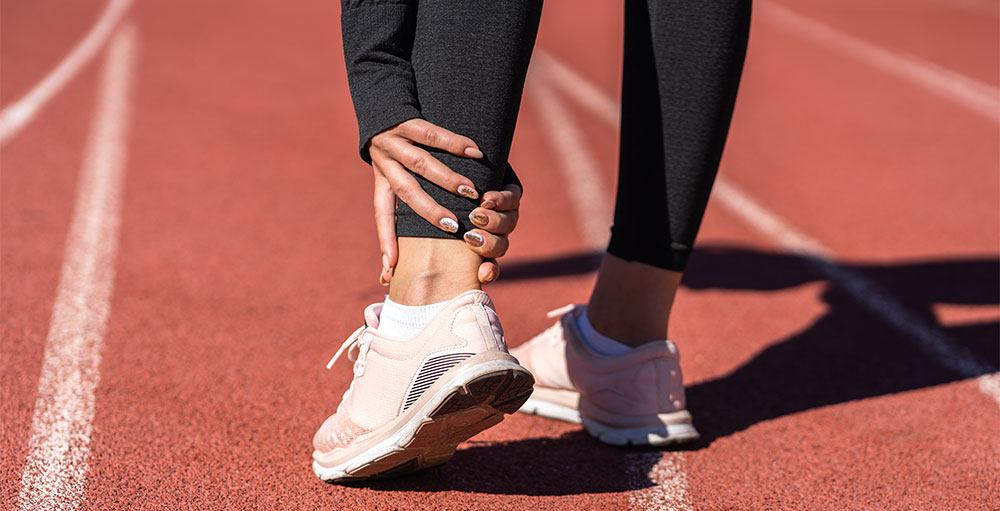
What Are Minimalist Shoes?
The term ‘minimalist shoes’ refers to lightweight shoes that are closer to being barefoot than conventional shoes, however, this term is often used to describe a range of shoes that have varying degrees of minimalism.
Unfortunately this means you can’t always be sure what you’re buying.
Where Did Minimalist Shoes Originate?
Minimalist shoes have been around for centuries of course, with some styles of traditional footwear being lightweight and simple.

However in the early 2000s, we entered a new era, with a number of shoe brands deliberately creating and marketing shoes based on their minimal attributes, in contrast to the mainstream trend for thick soles, arch support and motion control technology.
The idea really gained media attention following the publication of Born To Run, by American journalist and barefoot running advocate Christopher McDougall in 2009, at which stage the barefoot running trend, and associated lightweight shoes, really took off.
A number of terms arose to describe these new shoes, including ‘minimalist’, ‘barefoot’, and ‘zero drop’, but there has never been any widespread agreement on a formal definition of any of these terms, which means that they are each used to describe a wide range of shoes.
Trying to Define Minimalist
In 2015, a study was conducted in order to try to reach a formal definition of the minimalist shoe¹. The authors noted that much of the variation in results of research into minimalist shoes was likely due to the variation in the physical attributes of the shoes themselves, so their aim was to produce some kind of standard for assessing minimalist shoes in future research.
The researchers consulted with 42 experts (running shoe researchers and healthcare practitioners) from around the world to determine which factors they considered important in defining the minimalist shoe.
Early on in the study participants agreed that “…minimalist shoes should not restrict the natural movement of the foot, ideally by having a wide toe box until the tip of the toes (anatomical fit) that contributes to natural expansion of the forefoot during gait.”
Further into the study, the definition was refined to the following (agreed on by 95% of participants) “Footwear providing minimal interference with the natural movement of the foot due to its high flexibility, low heel to toe drop, weight and stack height, and the absence of motion control technologies.”
According to the research they reference in their paper, shoes that conform to the above definition minimise disruption of barefoot biomechanics.
They developed a rating scale to determine how ‘minimal’ a particular shoe really is, based on flexibility, heel to toe drop, stack height and motion control/stability devices, each with equal weighting. However they did note that this may not be an ideal measurement, as some specific characteristics may be more important than others in affecting foot biomechanics.
So Where’s The Problem?
Did you spot how the definition changed during the course of the research study?
At some point during the study, the anatomical toe box was dropped as a factor, and was not included in the minimal index.
The logic behind this was reasonable, that people have different shaped feet, so what constitutes an anatomical toe box for one might not fit the next person, and in order to develop a tool that could be used for the population as a whole, these personalised fitting factors would have to be excluded.
The problem is that there are many in the field who believe that an anatomical toe box is essential to limit the impact of footwear on foot function and gait.

According to Dr Ray McClanahan² (a podiatric physician and surgeon who successfully treats his podiatric patients by restoring natural foot function) a toe box that is too narrow will restrict blood flow, affect nerve function, balance, and the strength of arch muscles, leading to many types of foot problems including plantar fasciitis (which he refers to as plantar fasciosis) and bunions. In addition, it can affect gait, leading to problems further up the body like leg and back pain.
The 2015 research study also did not have any cut off points to indicate whether a shoe falls into the minimalist or non minimalist category, which makes it hard for people to choose when buying shoes.
Widespread Confusion
When even expert opinion is not clear cut, no wonder there’s so much confusion over the terms around barefoot and minimalist shoes.
The term minimalist is sometimes used to describe barefoot friendly shoes that have some of the features of barefoot shoes, but not all features. Sometimes this type of shoe is also called a ‘transition’ shoe.
Barefoot shoe manufacturers also use a variety of terms to describe shoes with a range of minimalism, and unfortunately some mainstream manufacturers have used these terms to describe shoes that are nowhere near minimal or barefoot.
Cutting Through Confusion
In order to decide for yourself whether a particular pair of shoes is going to help you reach your goals, you need to understand how they affect your body. This will get you further than relying on terms that are used differently by different people.
Find out for yourself the most important features of barefoot shoes here.
On this site we have chosen to use the word ‘barefoot’ when referring to shoes that attempt to closely replicate barefoot foot function and gait. Not because there’s any ‘right’ or ‘wrong’ answer, but simply to more clearly reflect the goal.
If your interest is in minimising the impact of footwear, and getting closer to barefoot, then on our site, look for the term ‘barefoot’.



Get Social…